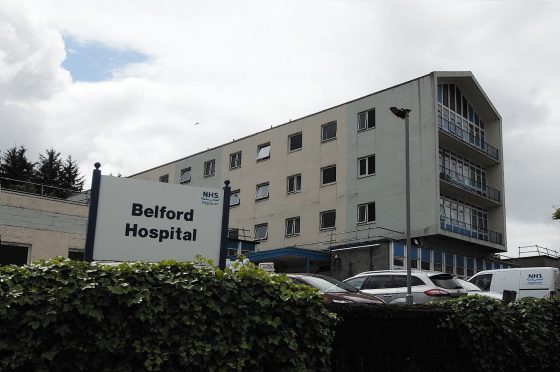Rita Campbell
One of the main hospitals in the Highlands has experienced patient death rates of more than double national average, new figures show.
Deep concern has been raised after figures revealed that mortality rates at the Belford hospital in Fort William were significantly higher than the rest of the country.
The latest quarterly figures of Hospital Standardised Mortality Ratios (HSMR) showed that from January to March 2016 the Belford had an SMR of 2.55 for deaths within 30 days of admission – the national average is 0.97.
The figure for Raigmore Hospital in Inverness was 1.03.
Kate Forbes MSP for Lochaber wants to meet NHS Highland chiefs to discuss the reasons for the latest statistics.
She said: “I am deeply concerned that mortality rates at the Belford are higher than at other hospitals, particularly when you consider the broader context of falling mortality rates across Scotland.
“While I know that healthcare professionals work hard to deliver care to patients in Lochaber, these figures beg some important questions.
“I’ve spoken to NHS Highland who assured me that they have no clinical concerns and that they have already conducted an external case note review.
“I understand an investigation into what may account for the recent shift in the HSMR at the Belford is ongoing, and I await the result of this with interest.”
Ms Forbes added: “Every death is cause for sadness, but collectively higher numbers of deaths are not acceptable.”
Dr Rod Harvey, medical director for NHS Highland, said: “Having overseen a detailed external case note review, I can reassure patients, public and staff that I am confident about the quality of clinical care being provided at the Belford Hospital.
“We have carried out a very thorough review using nationally established methodology. The review was conducted by experienced clinicians from outside the hospital. The review backs up the findings from other routine work carried out by local staff who, as part of good practice, have always reviewed deaths in the hospital.
“Having ruled out the possibility that there are any common themes that could have contributed to the increased number of deaths that were observed, we are continuing our investigations to determine what may account for the recent shift in the HSMR. This may be caused by several factors such as more people being admitted for planned end of life care and details of the diagnostic coding which directly informs the calculation of the HSMR. The plan is to have our investigations completed by mid-September.”
